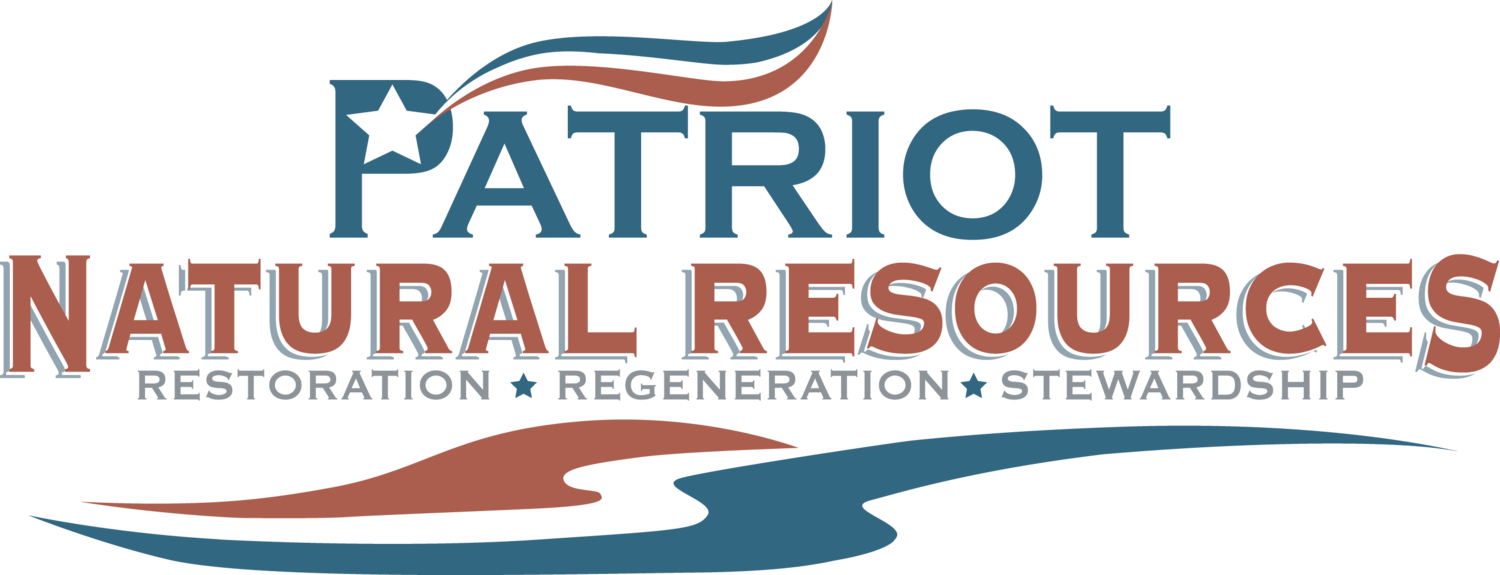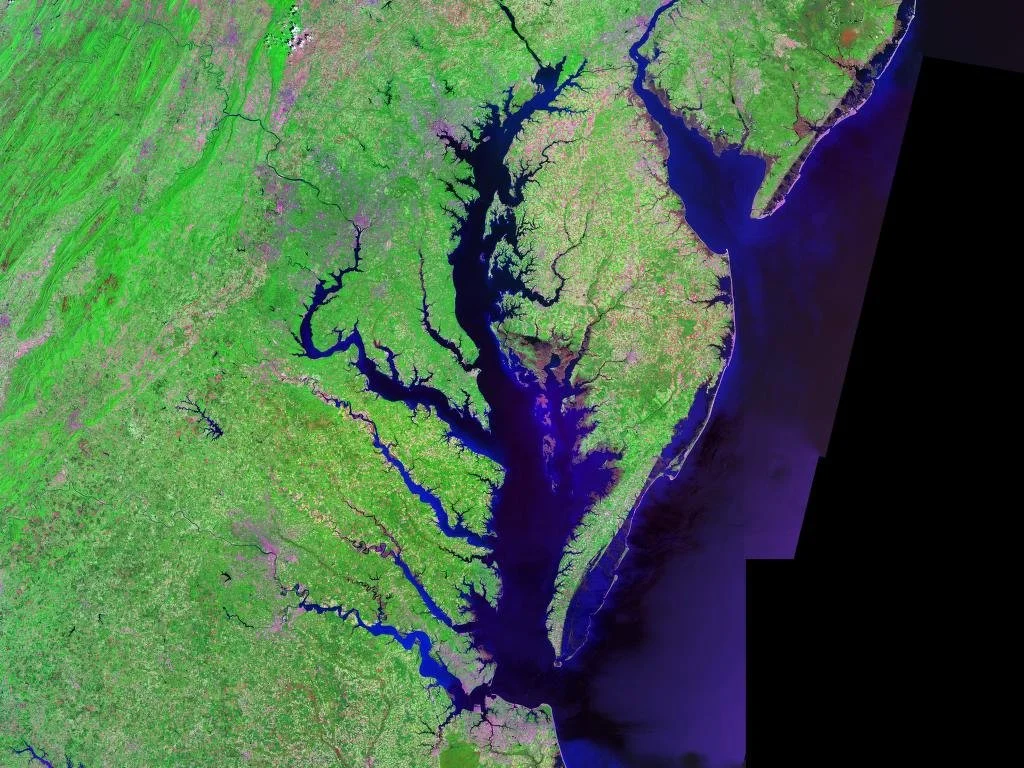The History of Water Quality and Restoration Efforts in the Chesapeake Bay
The Chesapeake Bay is the largest estuary in the United States and one of the most ecologically significant ecosystems in the world. Spanning over 64,000 square miles and touching six states, including Maryland and Virginia, the Bay is home to diverse species, vibrant industries, and millions of residents who depend on its health.
However, the Chesapeake Bay has faced significant challenges over the years due to pollution, overfishing, and habitat loss. Restoration efforts, driven by both federal and state initiatives, have aimed to reverse these trends and protect this critical resource for future generations.
This article explores the history of water quality in the Chesapeake Bay and highlights key milestones in its restoration journey.
The Early Years: A Pristine Ecosystem
Before European settlement, the Chesapeake Bay was a thriving ecosystem teeming with fish, oysters, crabs, and other marine life. The Bay’s waters were clear, and its wetlands provided natural filtration and habitat for countless species. Indigenous peoples lived sustainably along its shores, relying on the Bay’s resources without depleting them.
Colonial Impact and Agricultural Expansion
The arrival of European settlers in the 1600s marked the beginning of significant changes to the Bay’s ecosystem. Deforestation, farming, and the construction of towns and ports led to increased sedimentation and nutrient pollution in the Bay. As agriculture expanded, runoff from farms carrying nitrogen and phosphorus began to degrade water quality.
Industrialization and Urban Growth
By the 19th and 20th centuries, industrialization and urbanization along the Bay’s shores intensified the challenges. Key contributors to water quality decline included:
• Point Source Pollution: Factories and wastewater treatment plants discharged untreated or poorly treated waste into the Bay.
• Overfishing: Once-abundant populations of oysters and fish were significantly depleted, reducing the Bay’s natural filtration capacity.
• Loss of Wetlands: Urban development destroyed wetlands that acted as natural buffers, further exacerbating pollution.
The Decline of the Chesapeake Bay in the Mid-20th Century
By the 1950s and 1960s, the Chesapeake Bay showed clear signs of distress. Algae blooms, dead zones, and declining populations of fish and shellfish became common. These issues were primarily driven by:
• Excess Nutrients: Nitrogen and phosphorus from agriculture, wastewater, and urban runoff fueled algae blooms, which depleted oxygen levels in the Bay.
• Sedimentation: Soil erosion from construction and deforestation clouded the Bay’s waters, smothering aquatic vegetation.
• Toxic Substances: Industrial chemicals and pesticides contaminated the water, posing risks to both wildlife and humans.
The Beginning of Restoration Efforts
The deteriorating state of the Chesapeake Bay prompted a series of restoration efforts starting in the late 20th century.
1. The Clean Water Act (1972):
This federal legislation provided a framework for reducing point source pollution, requiring industries and municipalities to treat wastewater before discharging it into waterways.
2. The Chesapeake Bay Program (1983):
In 1983, Maryland, Virginia, Pennsylvania, the District of Columbia, and the Environmental Protection Agency (EPA) signed the Chesapeake Bay Agreement, creating the Chesapeake Bay Program. This regional partnership aimed to coordinate restoration efforts, focusing on pollution reduction, habitat restoration, and public education.
3. Subsequent Bay Agreements (1987 and Beyond):
In 1987 and 2000, updated agreements set more specific goals for reducing nitrogen, phosphorus, and sediment levels in the Bay. These goals included improving water quality, protecting wetlands, and increasing forested buffers.
Modern Restoration Efforts: A Holistic Approach
In the 21st century, restoration efforts have become more comprehensive, addressing both point and non-point source pollution.
1. Total Maximum Daily Load (TMDL) (2010):
Under the Clean Water Act, the EPA established the Chesapeake Bay TMDL, a pollution diet that sets limits on nitrogen, phosphorus, and sediment entering the Bay. States within the watershed are required to develop and implement plans to meet these limits by 2025.
2. Environmental Site Design (ESD):
Maryland’s Stormwater Management Act of 2007 promotes ESD practices, which aim to mimic natural hydrology and reduce stormwater runoff. This reduces nutrient and sediment pollution from urban areas.
3. Agricultural Best Management Practices (BMPs):
Farmers in the watershed are encouraged to adopt BMPs, such as cover cropping and buffer planting, to reduce nutrient runoff into tributaries like the Potomac River and Monocacy River.
4. Oyster Restoration:
Oyster restoration projects aim to rebuild the Bay’s natural filtration systems. Oysters can filter large volumes of water, removing algae and improving clarity.
Signs of Progress and Ongoing Challenges
Restoration efforts have shown signs of success:
• Water clarity has improved in some areas.
• Populations of blue crabs and striped bass have rebounded due to fisheries management.
• Significant reductions in nitrogen and phosphorus pollution have been achieved.
However, challenges remain:
• Climate change increases the frequency of heavy rains, leading to more stormwater runoff.
• Urbanization continues to strain the Bay’s ecosystems.
• Meeting the 2025 TMDL goals requires accelerated efforts and collaboration across all sectors.
Why Restoration Matters
The Chesapeake Bay is not just an environmental treasure—it is also an economic and cultural cornerstone for Maryland and the region. Restoring the Bay ensures:
• Healthier Communities: Clean water supports recreation, fishing, and public health.
• Sustainable Economies: Industries like tourism, seafood, and boating depend on a healthy Bay.
• Resilient Ecosystems: Protecting the Bay helps preserve biodiversity and adapt to climate change.
How Patriot Natural Resources Supports Bay Restoration
At Patriot Natural Resources, we understand the vital role stormwater management plays in protecting the Chesapeake Bay. By maintaining stormwater systems and implementing best practices, we help property owners and municipalities reduce their impact on local waterways.
Contact us today to learn how we can help you contribute to the restoration of the Chesapeake Bay through effective stormwater solutions.

